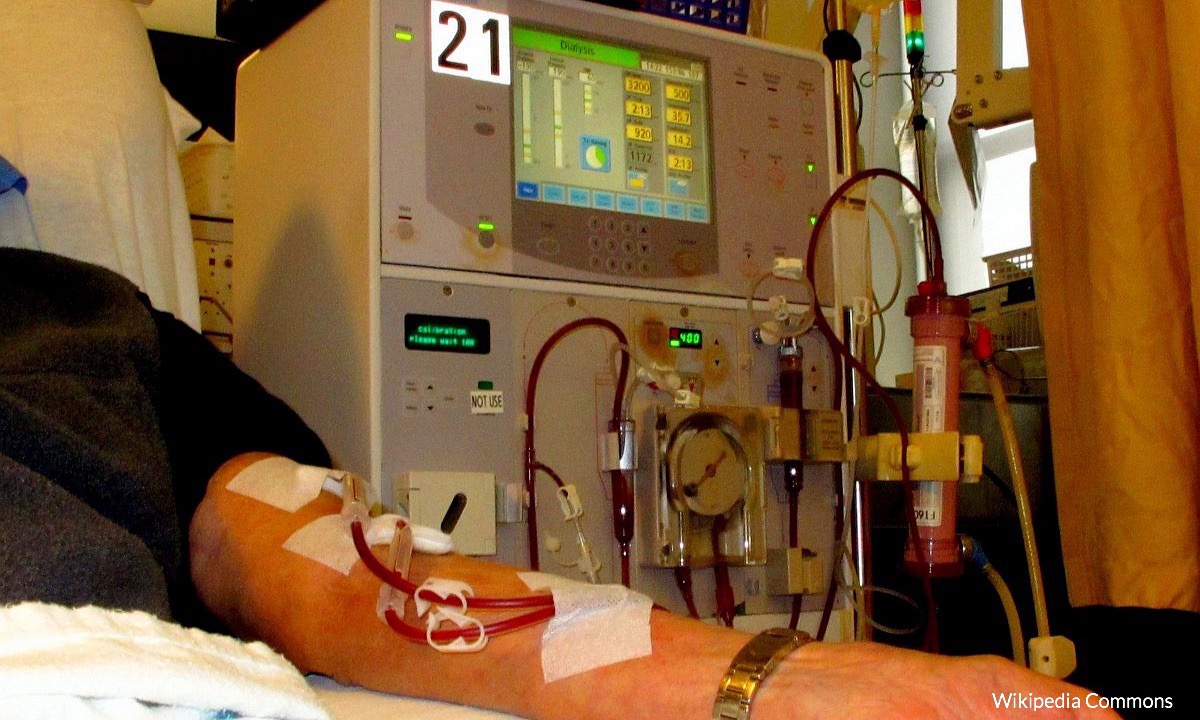
Did you know that chronic kidney disease (CKD) kills more people each year than breast or prostate cancer?
Unfortunately, the early signs are usually missed by the patient. They call kidney disease the "silent killer" because it can creep up on you without any visible symptoms. Imagine having to be dependent on a machine to live.
We all know our kidney’s job is to filter out waste as urine. When we have high levels of blood sugar, our kidney is overworked with filtering which over time can damage them.
The large number of dialysis patients has made Malaysia the top 7th country with the highest dialysis treatment rate in the world.
The number of dialysis centres for the whole of Malaysia increased from 205 in 2004 to 758 in 2014, mainly contributed by private dialysis centres.
Most of the hemodialysis (HD) patients were in the private sector (54 percent) but almost all peritoneal dialysis (PD) patients were treated in government facilities (97 percent). More than 4,005 dialysis deaths reported in 2014.
In the 24th report of The Malaysian Dialysis & Transplant Registry 2016 reports, there were 37,183 patients receiving dialysis in Malaysia. The increase in HD centres was mainly contributed by the private dialysis centres which had almost tripled over the last 10 years.
Although the public, NGO and private sector provided 30 percent, 21 percent and 49 percent of overall dialysis treatment in 2015 respectively, the government provided 63.1 percent of total funding for dialysis. However, 79 percent of new dialysis patients younger than 20 years of age were on government-funded dialysis programmes.
Although the government would continue to create more dialysis centres due to lack of dialysis facilities at government hospitals and clinics and on the rising number of dialysis patients especially in rural areas, the government should focus more on PD, as this will save the rural folks money and travelling time.
Peritoneal dialysis can be done at home
PD can be done in the comfort of a patient’s home or his/her office or during their vacation. It is convenient and there is no need for patients to go to a hospital or a dialysis centre like in HD treatments.
The Health Ministry should now continue to focus more on peritoneal PD. The treatment involves the lining at the body’s abdomen and a solution to clean the patient’s blood.
In line to this, the government must allocate more funds for PD, providing free dialysis by providing Continuous Ambulatory Peritoneal Dialysis (CAPD) kits.
Kidney disease (renal failure) costs the government about RM 1.6 billion annually. The government offers subsidy per month for end-stage kidney (ESRF) patients which can be applied through the ministry.
Muslims can also apply through baitulmal or zakat. Socso pays for those have contributed for two years and age below 60.
The fear for many people is that dialysis means the end of their life. This fact may be alarming, but the good news is that CKD is largely preventable through positive lifestyle.
To reduce the risks of kidney disease, people should exercise regularly, control their body weight, monitor their cholesterol level and keep blood sugar level under control. Reduce salt intake, avoid taking non-steroidal anti-inflammatory drugs (a type of painkiller) and consume a moderate amount of protein.
In Budget 2019, the allocation for health services has been increased to RM29 billion from the previous year’s allocation of RM27 billion. The government has allocated RM50 million to treat disease including dialysis.
M VIVEK had served as an aide to several former MIC deputy ministers. -Mkini



No comments:
Post a Comment
Note: Only a member of this blog may post a comment.